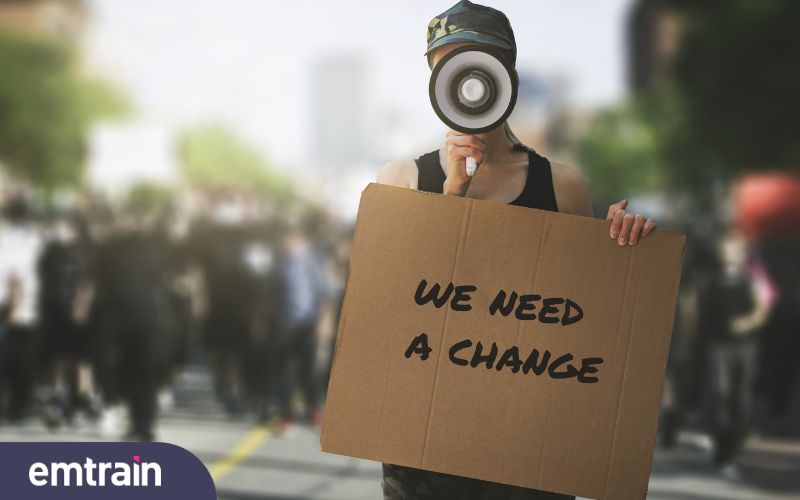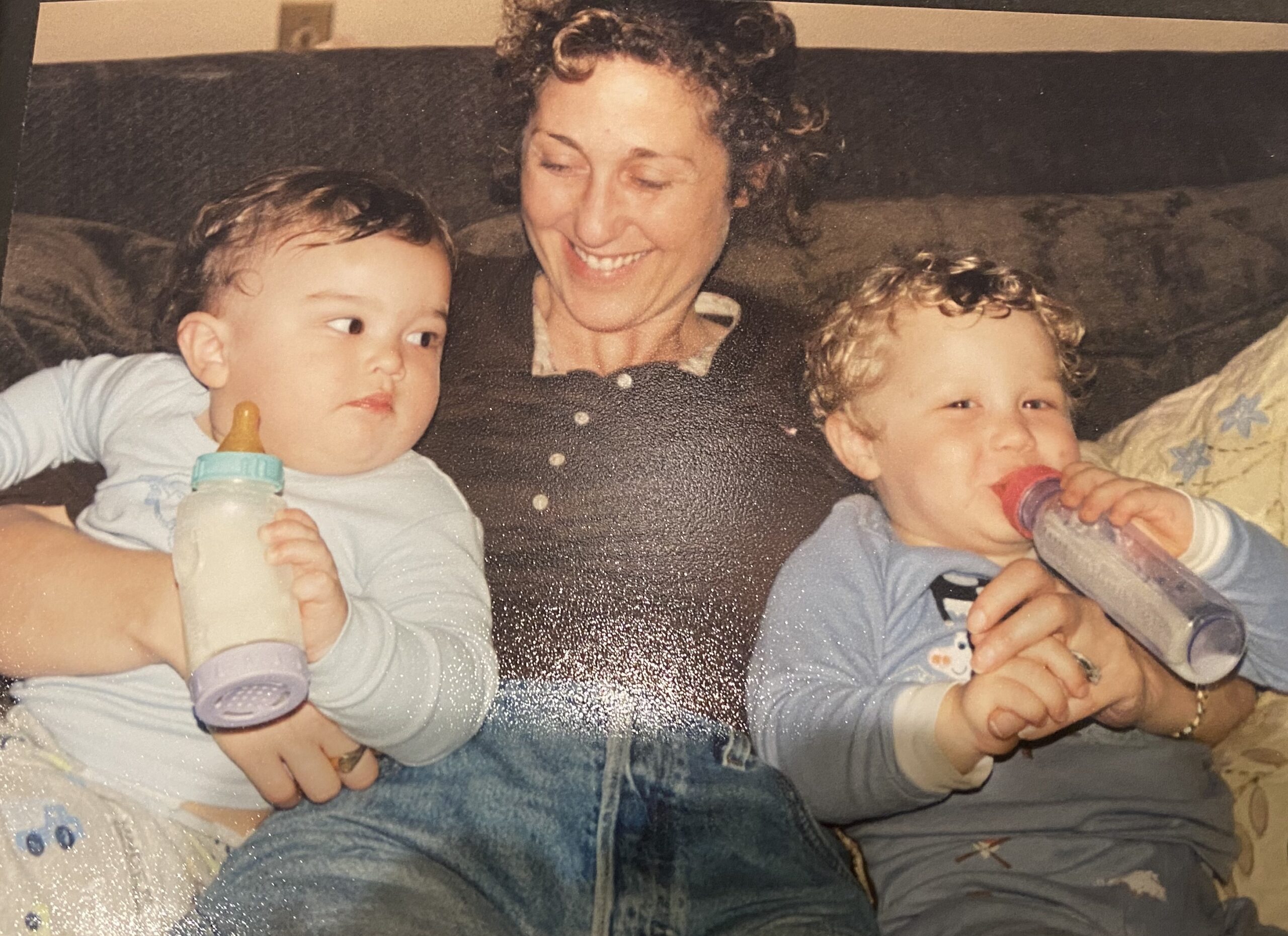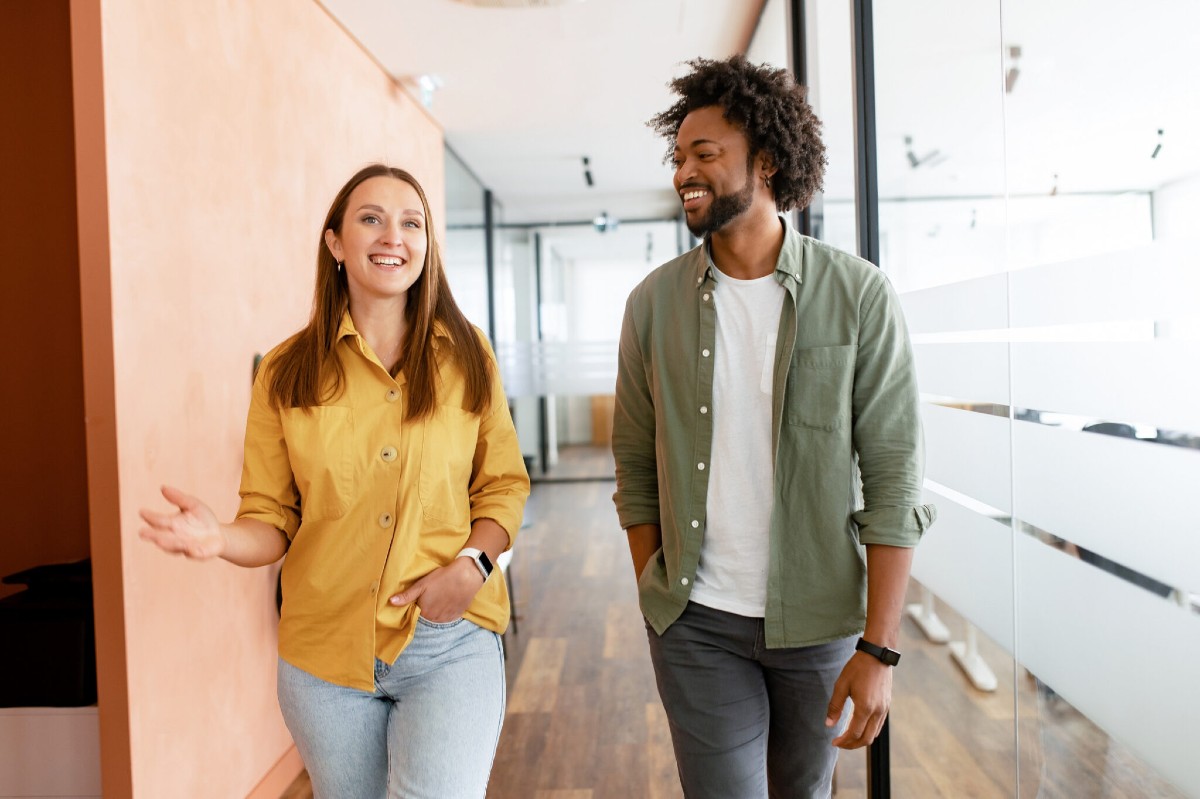From Rodney King to George Floyd, it’s time to put social justice issues and inequality on center stage until we make progress.
Thirty years ago, the world watched in stunned silence as police officers who had beat a black man for fifteen minutes (caught on video), resulting in permanent brain damage, were acquitted by a jury that lacked any African Americans. The blatant injustice triggered five days of rioting in Los Angeles.
Yesterday, everyone was able to exhale as a jury convicted a police officer who put George Floyd in a chokehold for nine minutes and who ultimately died of lack of oxygen.
“The arc of the moral universe is long but bends toward justice,” said Martin Luther King in 1968, and yesterday, that proved to be true.
Social justice often comes from the ground up – challenging the status quo. Thirty years ago, we did not have an effective bottoms-up mechanism. We did not have social media where millions of people can organize online and discuss the rights and wrongs of a particular situation — essentially shining a light on a social justice issue and putting that issue through the court of public opinion. Now we do, and that bottom-up mechanism played a part in yesterday’s verdict.
Yes, the two situations were vastly different. Rodney King was driving drunk on a Los Angeles freeway and sped away from police officers who were trying to stop him. His actions could have killed people. Floyd presented a counterfeit twenty-dollar bill. Very different. But what’s not different is that both King and Floyd were restrained, in police custody, and were subjected to emotional and irrational hate and violence. And it was that violent response which was on trial thirty years ago and this month — leading to opposite outcomes.
Generally, people are emotional and influenced by the emotions and social dynamics around them. When there’s safety in numbers, afforded by connecting online, the tide of peoples’ emotions can gain momentum and influence public opinion at large. That happened in 1964 with the passage of the Civil Rights Act, and it’s happening again today. Legislation and legal reform happen after social unrest and public opinion changes. Laws follow people and the tide of public opinion.
We are a digitally connected society and we’re emotionally influenced by our peers. We have an opportunity in front of us to shine a spotlight on, and bring the court of public opinion to the social justice issues and inequality that have plagued us for generations and finally make some progress – driving it from the bottom up.










